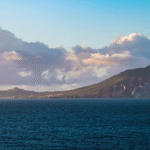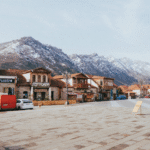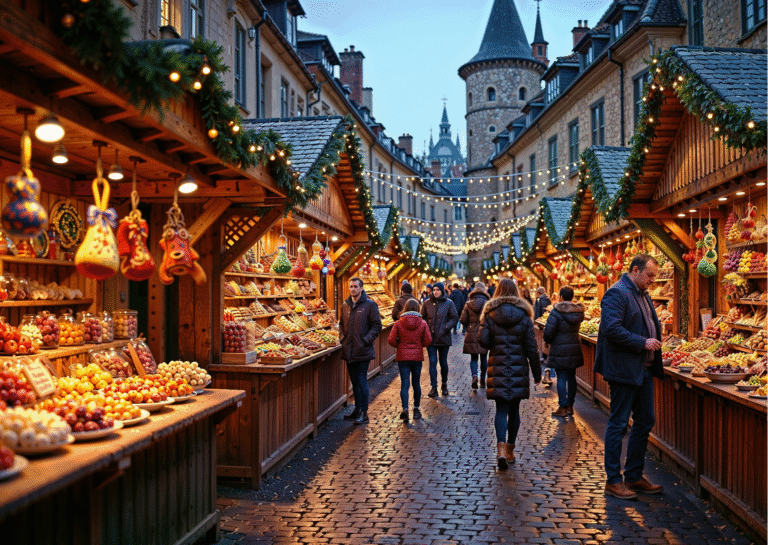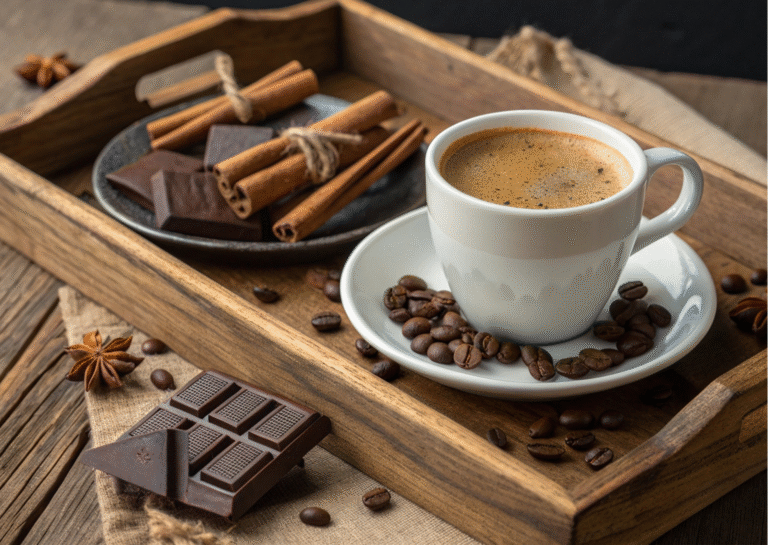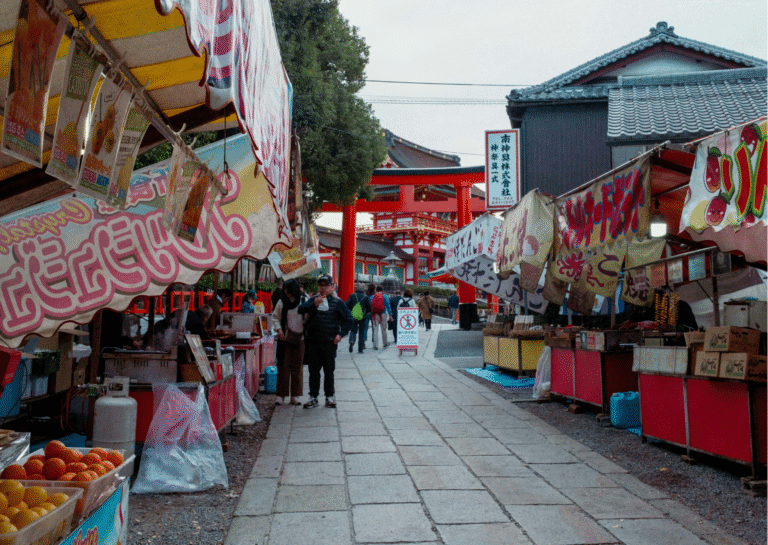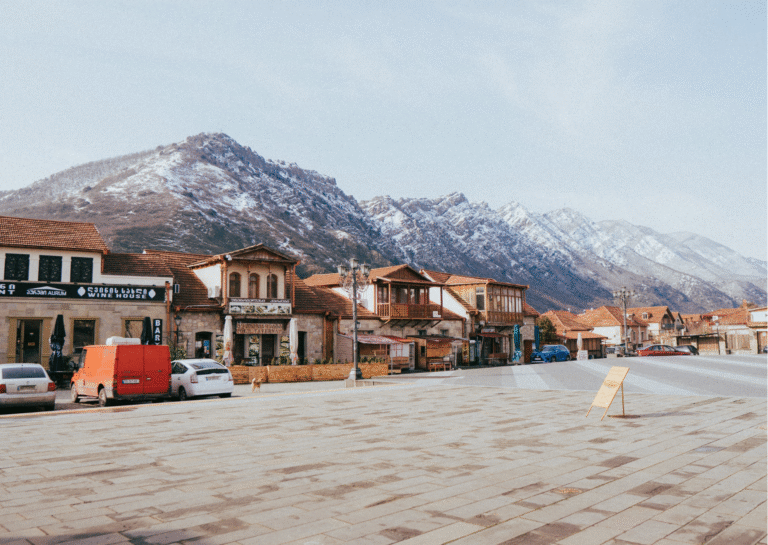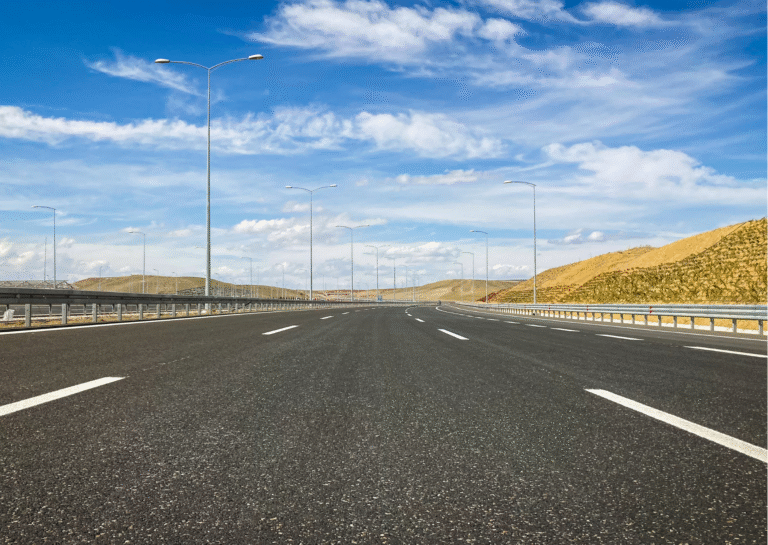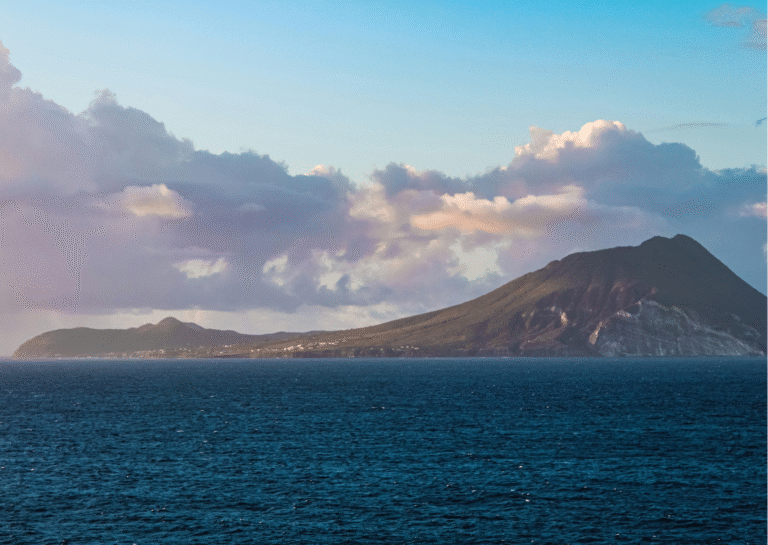When you think of travel, you probably picture fast trains, cheap airlines, or highways that go on for miles. But trade routes connected people and cultures all over the world long before modern transportation. These weren't just ways for businesses to stay alive; they were epic trips full of stories, meetings, and sharing ideas. The …
Historic Trade Routes You Can Still Travel Today
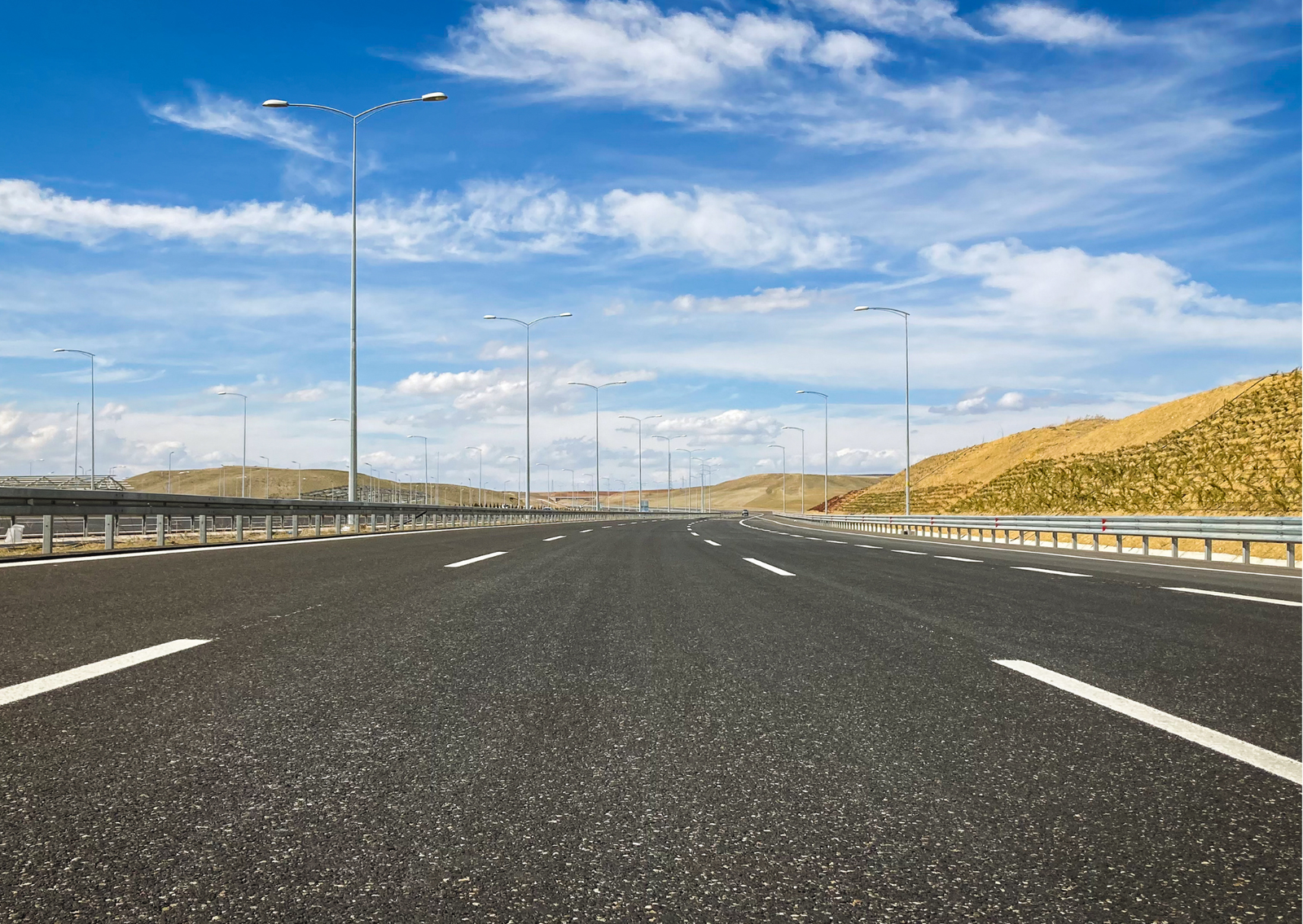
When you think of travel, you probably picture fast trains, cheap airlines, or highways that go on for miles. But trade routes connected people and cultures all over the world long before modern transportation. These weren’t just ways for businesses to stay alive; they were epic trips full of stories, meetings, and sharing ideas.
The good news is that a lot of these paths are still open. You can walk the same cobblestone paths, sail the same seas, and cross the same deserts that caravans and explorers used to get around. It feels like going back in time to travel them now, but with a rucksack and a camera.
These are some of the most interesting old trade routes that you can still walk or ride a camel on. Every step (or camel ride) brings the past to life.
A Journey Through Time on the Silk Road
The Silk Road is more than just a road; it’s a story. It was the ancient world’s superhighway, going thousands of kilometres from China to the Mediterranean. Traders brought silk, spices, and stories that changed history along these dusty roads.
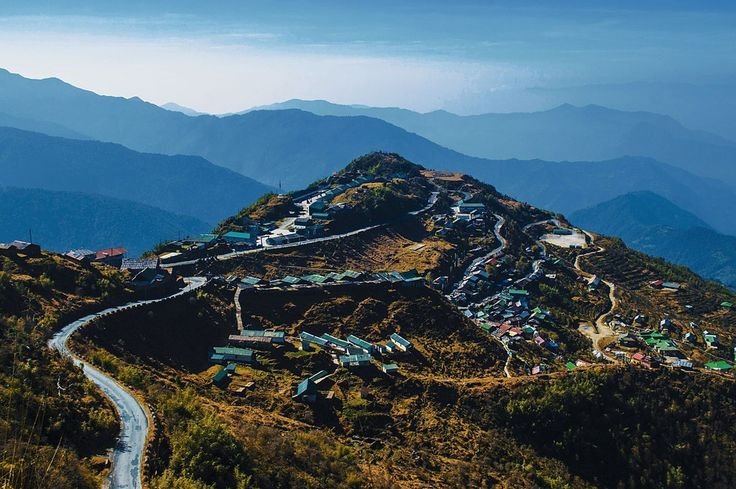
It feels like magic to go there today. The route used to start in the east, in Xi’an, China. There is a lot of history in the city, from dumpling feasts to the famous Terracotta Warriors. Go west to Uzbekistan, where the blue-tiled mosques of Samarkand and Bukhara shine like jewels at night. You can feel that Marco Polo is about to show up as you walk through the bazaars.
The mountains of Kyrgyzstan still echo with the ways of nomads, and the bazaars of Iran are full of bargaining that hasn’t changed in hundreds of years. The Silk Road is more than just what you see. It’s also about the smells, the people, and the feeling that the past is still with you.
The Incense Route: A Trail Through the Arabian Desert
Incense used to be as valuable as gold. People brought frankincense and myrrh from Arabia across the desert to temples and palaces all over the Mediterranean. This network of paths was called the Incense Route.
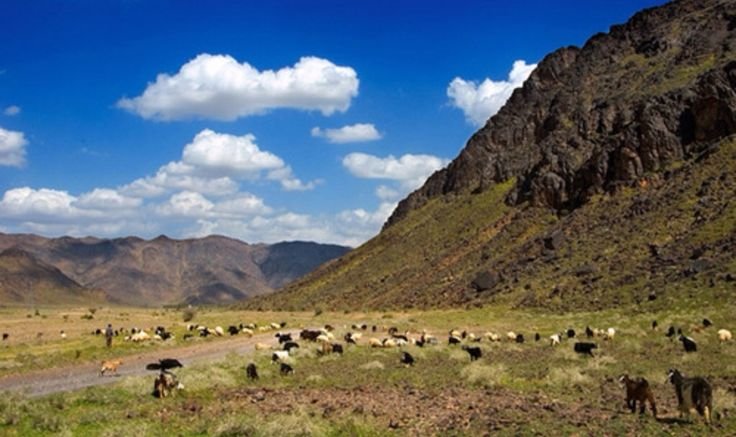
It’s just amazing to walk it today. You will find frankincense trees located in Dhofar, Oman, and the smell of the trees fills the air. Some people say that the ruins of Shisr are the lost city of Ubar, which makes the path feel like a story. When you cross the border into Saudi Arabia, the rock-hewn tombs of AlUla and Hegra look like open-air museums carved into cliffs of sandstone.
Europe’s Glow: The Amber Road
In today’s time, where people want everything to be quick, this trip might be a bit slow, but it is quite rewarding. Start your trip in Gdańsk, Poland, where the streets are lined with amber shops and the pieces shine in the sun. You will see cute medieval towns as you travel south through Czechia, Austria, and Hungary. These towns will remind you of how trade used to affect daily life. And finally, in Venice, where trade in amber, spices, and silk made it one of the most powerful cities in history.
It’s a way to see more of Europe than just its busy capitals—a series of beautiful places that are best seen at a slow pace.
The Tea Horse Road: From the Himalayas to Tea Cups
One of the most poetic trading routes is the Tea Horse Road. This dangerous road ran from Yunnan province in China to Tibet, where people traded tea for strong horses.
For people who love adventure travel, it’s a dream come true. The alleyways of Lijiang are filled with canals, along with the red lanterns. There are some parts of the trail that still pass the tea villages. These can be found in the Himalayas.
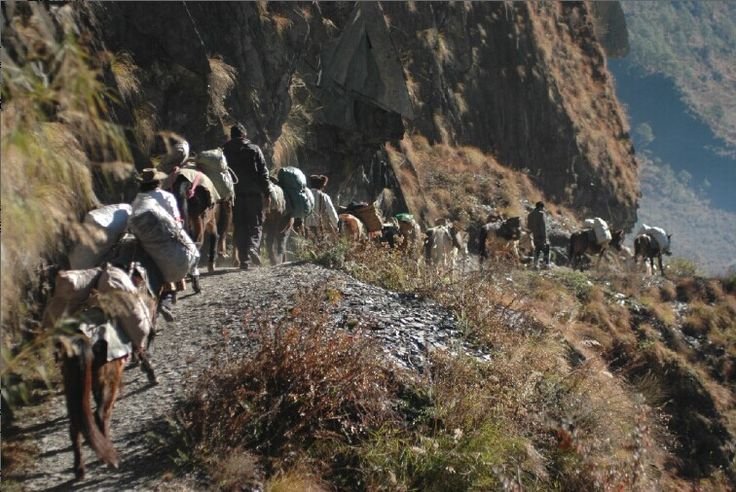
The monasteries located on the cliffs of Tibet have remained unchanged for the past hundreds of years. You can get the experience of seeing the monk chanting the prayers, and you can enjoy the tea. This makes you see that this wasn’t just a job; it was a way of life.
The White Gold of the Desert: The Salt Routes of Africa
Salt used to be worth more than gold in the Sahara. Great caravans of camels carried huge slabs of it across endless dunes, linking kingdoms in North Africa with those in West Africa.
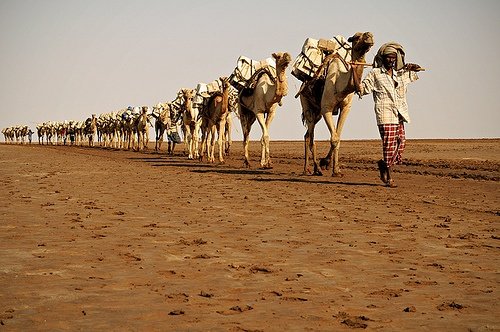
Following this path now feels brave and raw. You can witness the caravans of salt leaving from Agadez in Niger, along with the camels carrying blocks. The famous city of Timbuktu, located in Mali, has a lot of stories of traders and intellectuals to tell. The souks of Marrakesh and Fez, Morocco, are easier to get to and have a lot of things that remind you of trade in the desert for hundreds of years.
When you come here, you’re not just looking at the scenery; you’re getting into the desert’s rhythm.
The Spice Route: A Sea of Flavour
The Spice Route was the trade route that had the biggest impact on the world. Cloves, cinnamon, and pepper not only made food taste better, but they also helped build whole civilisations.
It’s really exciting to be sailing parts of this trip today. In Kerala, India, you can walk through spice plantations where pepper vines grow around tall trees and the air smells like cardamom. You will find the barks peeled from the cinnamon in Sri Lanka. The smell of the barks are so strong that it will get stuck to your cloths and will remain there for too long. Another place is the Maluku Islands in Indonesia, which used to be called the “Spice Islands.” The turquoise oceans wash up on shores that used to be the centre of trade around the world.
Every time I go, it’s too much for my senses. It reminds me that even a small thing like a clove could change history.
The Trans-Saharan Caravan Route: A Way to Get Gold and Learn
It might sound like a scene from a movie to ride a camel across the Sahara, but many traders did it for real. Gold, salt, and ivory moved across the dunes, but culture and knowledge moved the other way.
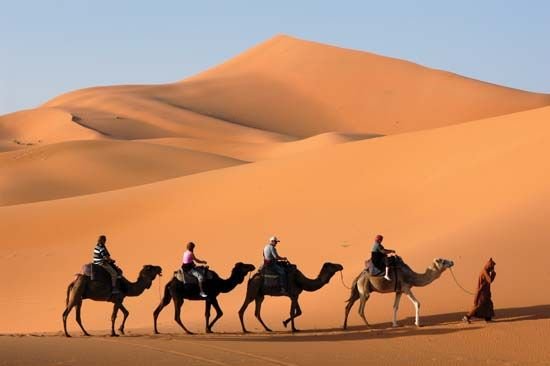
Modern travellers can get a taste of the experience in Morocco. You can get a small but interesting look at what life is like in a caravan by riding a camel into the Merzouga dunes. Chinguetti, located in Mauritania, is one of the old towns. This town is famous for its libraries which are filled with hundreds of years-old manuscripts.
It is a trip of extremes—hot, quiet, and with no end in sight—but it is also very beautiful.
The Viking Routes: By Oar and Sail
The Vikings did more than just raid; they also traded and explored. They sailed from Scandinavia to Russia, the Mediterranean, and even North America, on rivers and seas.
Their routes are fun to travel on these days. The fjords in Norway are just as pretty now as they were when Viking longships sailed through them. In Sweden and Denmark, you can see how skilled the Vikings were up close at museums and on rebuilt ships. You can also follow the rivers in Russia and Ukraine that connected the Norse world to Byzantium.
For people who love the ocean, going back over these paths feels like getting back in touch with a spirit of adventure.
Why These Routes Are Still Important
When you travel these historic paths, it’s not like checking off landmarks on a list. It’s about taking things slow, connecting with the earth, and realising how deeply we are connected to the past. When you go to a place, you’re not just visiting; you’re joining a story that has been going on for hundreds of years.
The smell of spices in Kerala, the quiet of the Sahara, or the golden glow of amber in Poland all remind us that travel has always been about sharing. Yes, things, but also people, ideas, and traditions.
Walking or sailing along old trade routes feels like it has always been that way because you can get there quickly and talk to people right away. They remind us that trips used to take months, not hours, and that the most important thing was not just getting to the end, but also what was learnt along the way.
If you want to have an adventure, you might want to try one of these old paths again. No one knows. You never know that the trips you took long ago might be the ones you will always remember.

